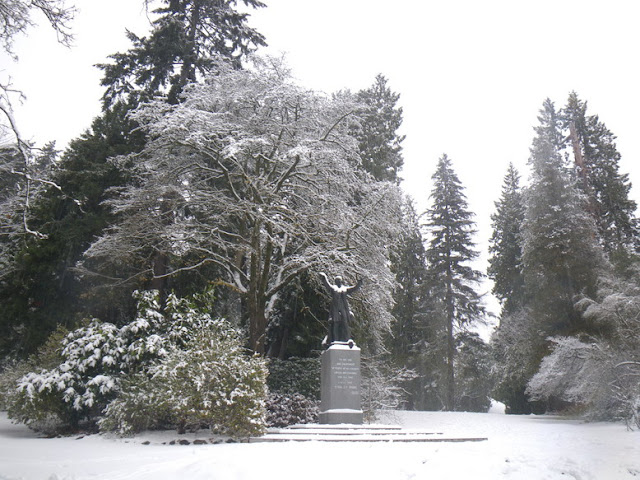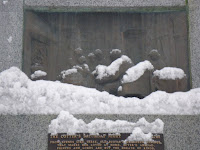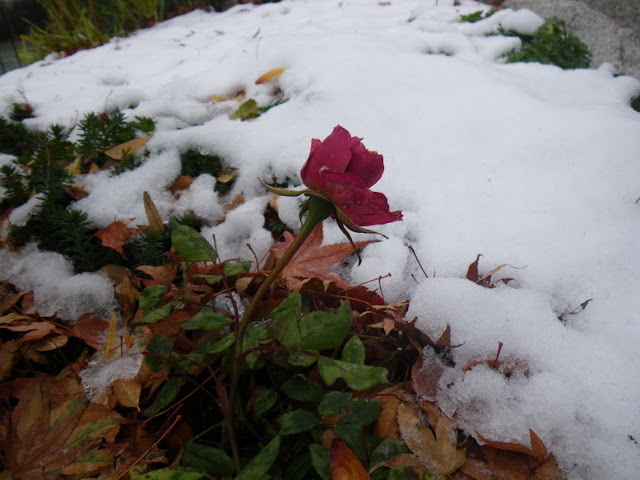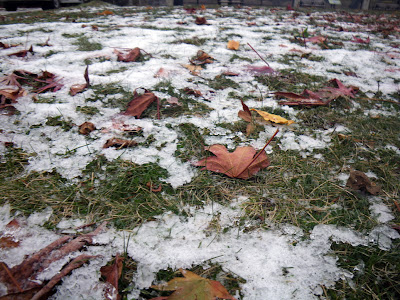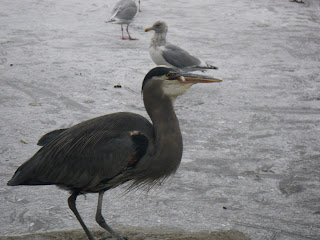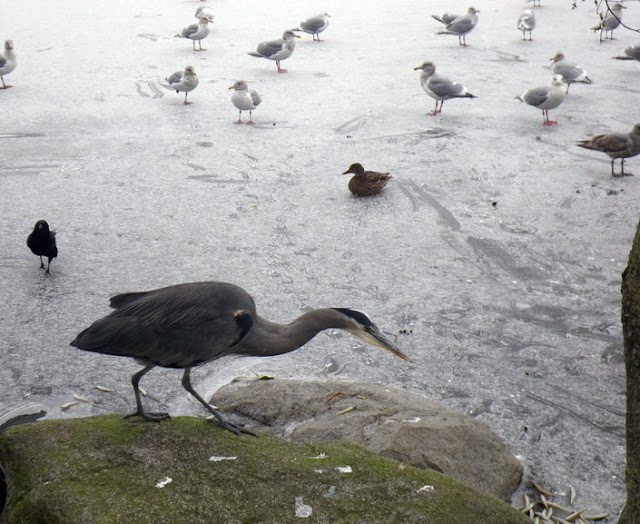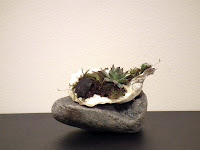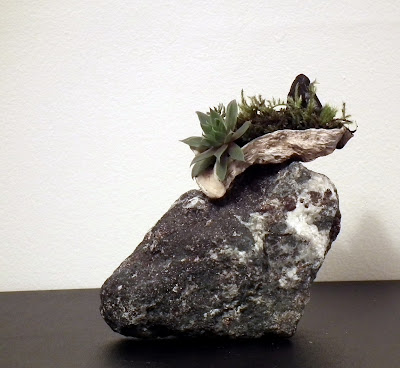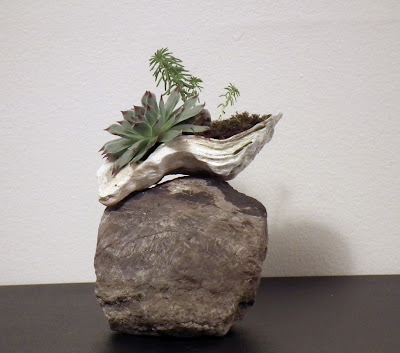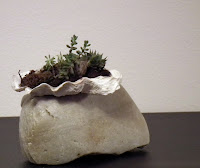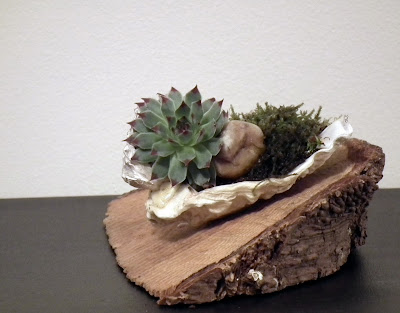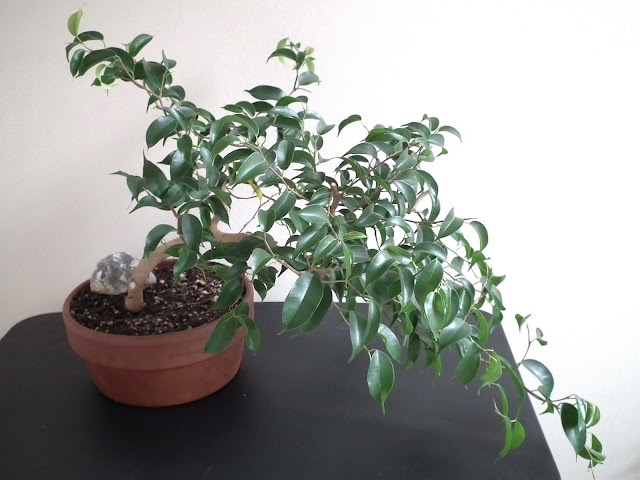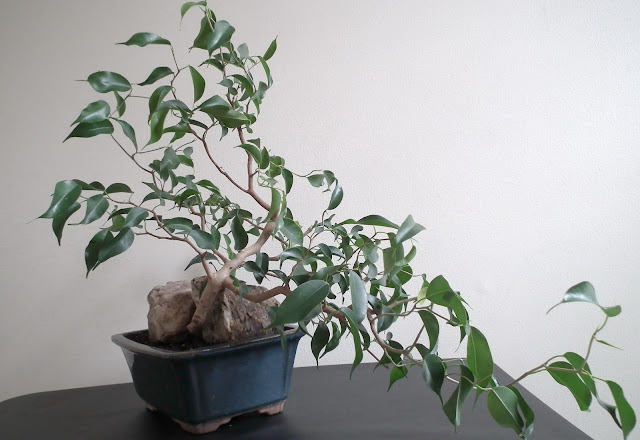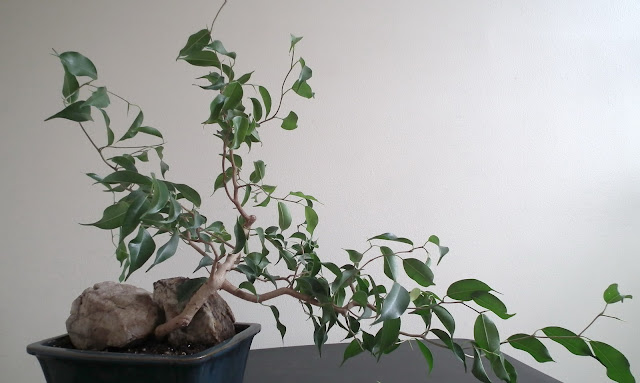Ficus or "
Fig trees" or "
figs" are native throughout the warmer parts of Asia, Africa, America and Australia. It is an evergreen genus of hundreds of species of woody trees, shrubs and vines in the family Moraceae. Some better known species are the Common Fig (Ficus Carica); The Sycamore Fig (Ficus Sycomorus); the Weeping Fig (Ficus Benjamina); Indian Rubber Plant (Ficus Elastica); the Creeping Fig (Ficus Pumila), the Indian Banyan (Ficus Bengalensis); the Chinese Banyan and the Sandpaper Fig from Australia.
Fig trees have influenced human cultures through religious traditions:
- In the Book of Genesis in the Bible, Adam and Eve clad themselves with fig leaves when they saw that they were naked, after eating the "forbidden fruit" from the Tree of Knowledge of Good and Evil, his leaf being well-known in iconography.
- Buddha sat under a Sacred Fig (Ficus Religiosa) when meditated and found enlightenment, so this tree is associated with Buddhism
- The Indian fig tree, Ficus Bengalensis, is the National Tree of India, named also "the "World Tree" of Hinduism.
The fig has been grown also for food (some species of fig are edible) and for practical uses: fibres for ropes and cloth, bark for paper, and the wood for internal construction or to make mummy caskets in the Ancient Egipt (it contains the latex).
My excuse to buy some ficus trees and keep them indoor (they are definitely indoor plants for my area) is that I love bonsai, of course.
Let me tell you how the things went...
The first one I bought was a
Ficus Benjamina very suitable for my living room; in a spot with some shade, protected by cold.
After few weeks, after it has accustomed to the light, I started the process to transform the Ficus tree in a small bonsai following" Shakan" (slanting) style and for this, first I was drastically pruned it. Then I partially defoliated it (its leaves are still big for a bonsai) and I wired slightly 2 branches.
Between the two big rocks and with pebbles in the pot looks like a tree on a hill.
Later I came across a
Ficus Wiandi, which is a Ficus Benjamina cultivar with smaller leaves. It is a new cultivar and "brother" with Ficus Rianne (very popular in Europe), both of them having nice bonsai characteristics, with zig-zag branches between inter-nodes, with a free-form growth pattern, often turning at right angles.
‘Ficus Wiandi’ has very low light and humidity requirements as compared to those of other ficus cultivars and looks very decorative in any home or office.
Because the Ficus Wiandi is slightly horizontally dominant and with smaller leaves, I decide to train my plants in "Kengai / Cascade" and "Han-Kengai / Semi-cascade" bonsai styles.

I planted the smaller plant in a big pot in order to develop its roots (Nebari) and I hope to achieve a "Fukinagashi / windswept" bonsai.
Very carefully I anchored its main branches ... believe me they snap off very easy ... without any warning.


I've also learned that they clean the air and help reducing the indoor toxins: Weeping Fig (Ficus Benjamina) and Indian Rubber Plant (Ficus Elastica) are identified as
powerful air-cleaning plants in the NASA Clean Air Study, used to eliminate significant amounts of formaldehyde.
In one of my previous posts I wrote about my pelargoniums bonsai
"Edible, fragrant, very useful, showy, flowering, drought resistant, little care and very forgiving... what else do you want from your bonsai ?!"
Well, I have to add a new feature to an indoor bonsai : Air Purifying ... now I just need to figure out how to hybridize a Scented Pelargonium with a Ficus Wiandi ... perhaps
THE PERFECT BONSAI ?!




